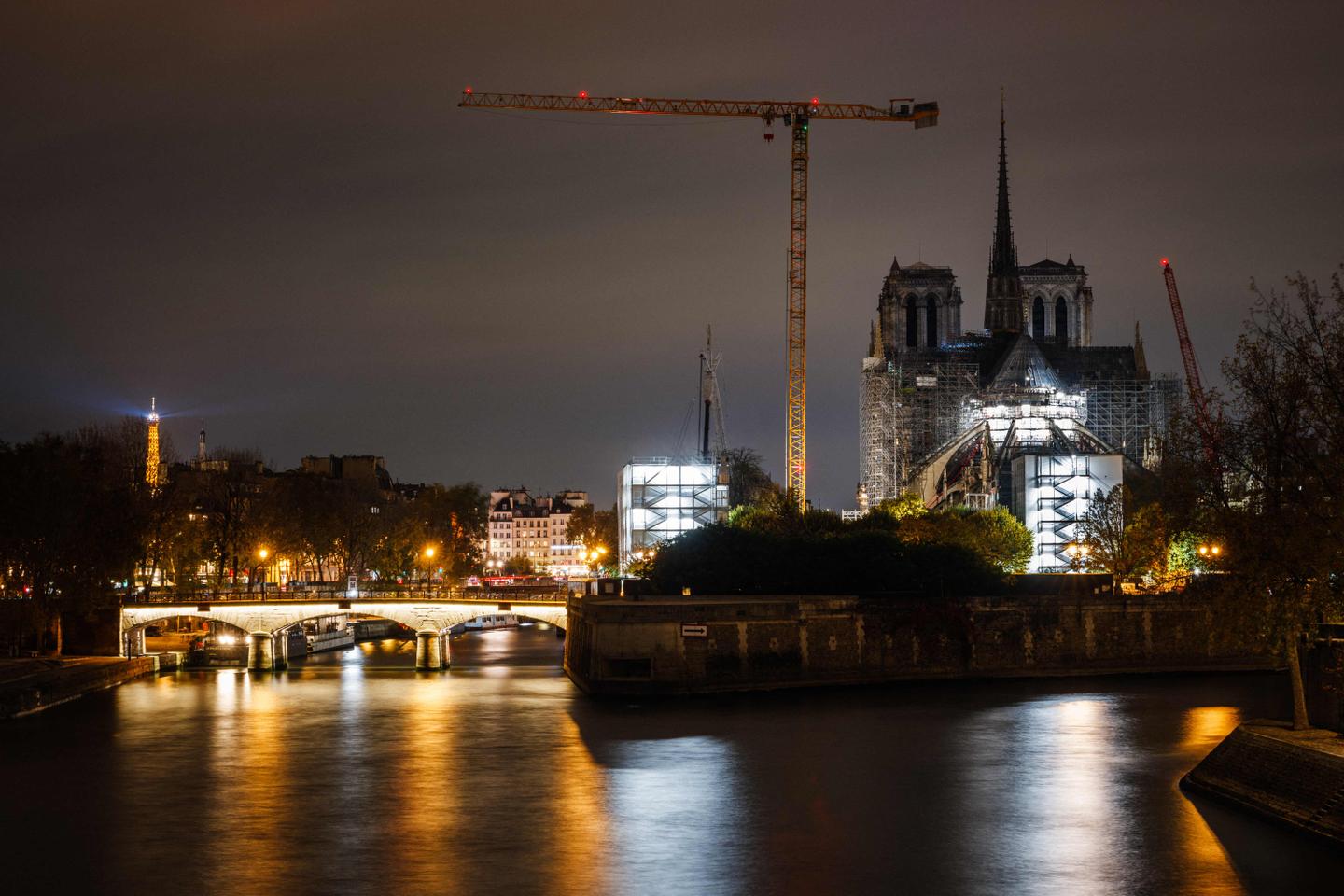


French Culture Minister Rachida Dati has joined the chorus of voices calling for paid admission to Notre-Dame Cathedral in Paris. With the renovated monument set to reopen with great fanfare on December 7 and 8, five years after a devastating fire, Dati is proposing a €5 ticket, as she said in Le Figaro, on October 24. Such a fee could generate €75 million a year, which would be redistributed to the thousands of churches in France in poor condition, she assured.
Yes, a paid ticket should be introduced. And for €5 – for 20 or 30. Not just at Notre-Dame, but at the cathedrals of Chartres, Bourges, Reims, Strasbourg or Amiens. We have to do it, because our public finances are in a calamitous state, and safeguarding our heritage is a bottomless pit. Three-quarters of France's 42,000 churches are located in towns with populations of less than 3,000 that have no means of maintaining them. Doing nothing presupposes a strong belief in miracles.
Money isn't just a matter of snapping your fingers. But at Notre-Dame, things are different, as the cathedral no longer has much in common with a place of worship. It attracts a thousand times more globalized tourists than worshippers. Before the fire in April 2019, the cathedral was the most visited site in Europe, attracting 12 or 13 million tourists per year. There will be 15 million after December 8: 40,000 people a day, who will be able to reserve a time slot on a platform set up at the end of November. Think the Louvre or Versailles, only hotter.
Monuments threatened by tourism
A fee of €20 to 30 is possible, because, according to a well-documented mechanism, the farther a visitor travels, the more they accept to pay the full price in front of an exceptional site to which they will never return. The climate crisis also justifies a surcharge: 95% of tourists are concentrated on less than 5% of the planet's sites, straining the most popular monuments.
The Diocese of Paris does not share the concerns. Resolutely opposed to charging for access to the cathedral, it is blocking the project for the time being. It also argues that money doesn't mix well with religion, that the distinction between tourist and believer is impenetrable, and that being won over by the divine is unpredictable. No doubt. But if you want to pray in peace and quiet, dozens of churches in Paris, accessible and deserted, are far more appropriate.
Above all, it's convenient to want to keep things free of charge when the government, which owns 87 cathedrals in France, is responsible for maintaining the buildings. In Italy, Spain and the United Kingdom, where places of worship belong to the government, the Church has adopted a pragmatic approach, charging between €10 and 30 for the major sites where tourists flock. This is the case at Milan Cathedral, the Sagrada Familia in Barcelona, the Cathedral Mosque in Cordoba and Saint-Paul's Cathedral in London.
You have 50.79% of this article left to read. The rest is for subscribers only.
